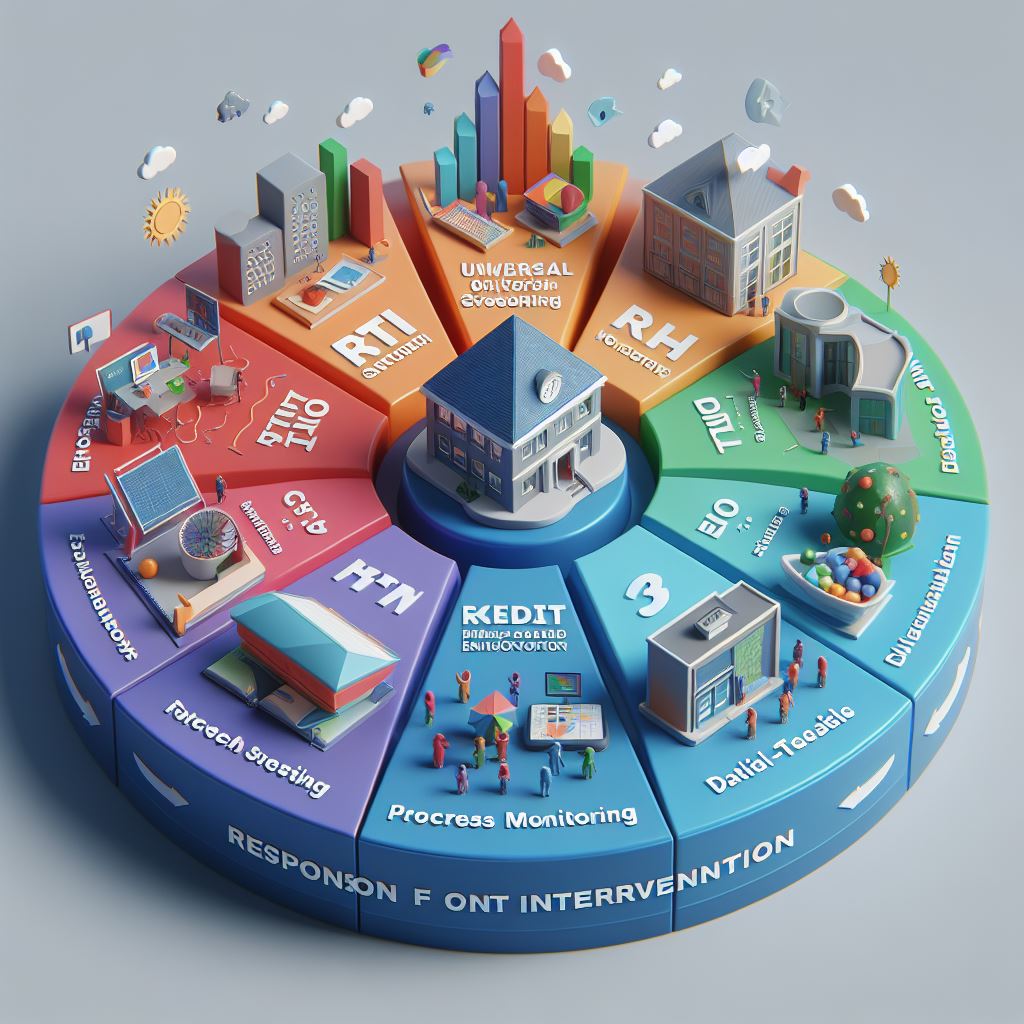The Importance of a Scalable RTI Scheduler in Organizational Growth
Because a scalable RTI scheduler can effectively manage resources and optimize scheduling procedures, it is an essential tool for organizational growth. With the use of this software, companies may increase overall efficiency, boost production, and streamline processes. Organizations can reduce scheduling conflicts, effectively manage resources, and adjust to changing demands by utilizing an RTI scheduler. This system offers a scalable and adaptable solution for efficiently managing schedules, which is crucial for the seamless expansion and development of a firm.
Key Factors to Consider When Evaluating the Scalability of Your RTI Scheduler
When evaluating the scalability of your RTI scheduler, there are several key factors to consider:
1. RTI Software Scalability: Assess the ability of your RTI software to handle an increasing workload efficiently. Look for features such as load balancing, clustering, and horizontal scaling to support growing demands.
2. Capacity Planning: Evaluate your current and future resource needs to ensure that your RTI scheduler can scale up or down as required. Consider factors like server capacity, network bandwidth, and storage requirements.
3. RTI System Adaptability: Determine how easily your RTI system can adapt to changes in workload, user requirements, or technology upgrades. Flexibility in configuration and customization options is essential for long-term scalability.
4. Scalability Assessment: Conduct regular assessments to measure the performance of your RTI scheduler under different workloads and scenarios. Use benchmarks and metrics to track improvements and identify areas for optimization. By considering these key factors, you can effectively evaluate the scalability of your RTI scheduler and ensure that it can meet your organisation’s evolving needs.
read more about Ssoap2day to: Everything You Need To Know
Strategies for Ensuring Your RTI Scheduler Can Meet Growing Demands and Changing Needs
Scalable scheduling solutions should be considered in order to guarantee that your RTI scheduler can accommodate evolving requirements and rising demand. With the help of these technologies, you may quickly modify your system to meet changing needs or higher demand. Optimize your RTI system as well to make sure it is using all of the resources available and running as efficiently as possible.
It’s critical to modify your RTI scheduler to accommodate changing needs. To improve usefulness and efficacy, this can entail reevaluating procedures, adding new features, or updating software. Increasing the size of organizational tools can also aid in performance enhancement and operational streamlining. You may better equip your RTI scheduler to manage expansion and successfully adjust to shifting demands by following these steps.
Best Practices for Scaling Your RTI Scheduler Effectively Without Disruption
When it comes to scaling your RTI scheduler effectively without disruption, there are several best practices to keep in mind:1. **Utilize Scalable Scheduling Tools**: Invest in scheduling tools that are designed to handle growth and can easily scale with your organization. Look for features such as automation, flexibility, and the ability to handle increasing volumes of appointments. 2. **Plan for Organizational Growth**: Anticipate future growth and plan your scheduling processes accordingly.
Consider factors such as increased demand, additional resources, and potential changes in workflow as your organisation expands. 3. **Implement Efficient Workflows**: Streamline your scheduling workflows to ensure maximum efficiency. Identify bottlenecks, automate repetitive tasks, and optimise processes to accommodate a higher volume of appointments. 4. **Train Your Staff**: Provide comprehensive training to your staff on how to use the scheduling tools effectively and efficiently. Ensure that they are well-equipped to handle increased demand and can adapt to changes as the organisation grows. 5. **Regularly Review and Update**:
Regularly review your scheduling processes and tools to identify any areas that may need improvement or optimization. Stay up-to-date with the latest technologies and trends in scheduling to ensure that you are using the most effective tools for your organisation. By following these best practices, you can scale your RTI scheduler effectively without disruption and support your organisation’s growth strategies successfully.
Implementing Future-Proof Solutions to Ensure Long-Term Scalability of Your RTI Scheduler
Future-proof solutions that can adjust to shifting needs and technological advancements must be used if you want to guarantee the long-term scalability of your RTI scheduler. Software that is ready for the future is made to grow with your company, adding new features and capabilities as they become available. You can make sure that your scheduler stays relevant and efficient as your operations expand and change by making an investment in flexible RTI systems.
These systems are designed to be flexible and easily customizable, allowing you to adjust processes and workflows without significant disruptions. Incorporating sustainable growth strategies into your scheduling practices can also help future-proof your operations. By focusing on efficiency, resource optimization, and scalability, you can ensure that your scheduler can support your organization’s evolving needs over time. Overall, by combining future-proof scheduling software, adaptable RTI Scheduler systems, and sustainable growth strategies, you can create a robust scheduling solution that will serve your organization well into the future.
read more about Spacemov: Everything You Need To Know
Conclusion
Investing in a scalable RTI scheduler (Real-Time Inventory) scheduler today can lay a solid foundation for future success. By efficiently managing inventory in real-time, businesses can improve operational efficiency, reduce costs, and provide better customer service. This technology allows for better planning, coordination, and optimization of resources, ultimately leading to increased productivity and profitability in the long run. By embracing this innovative solution now, businesses can position themselves for growth and success in the future.











